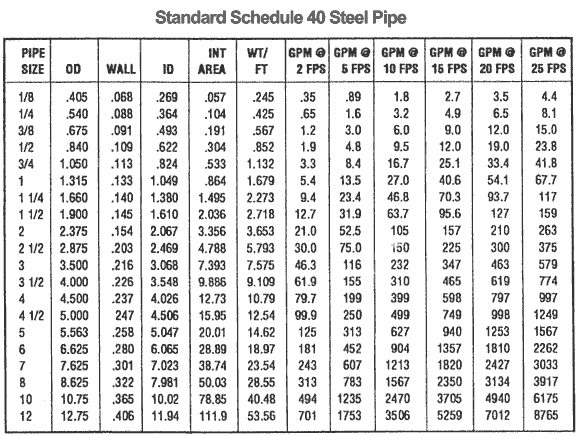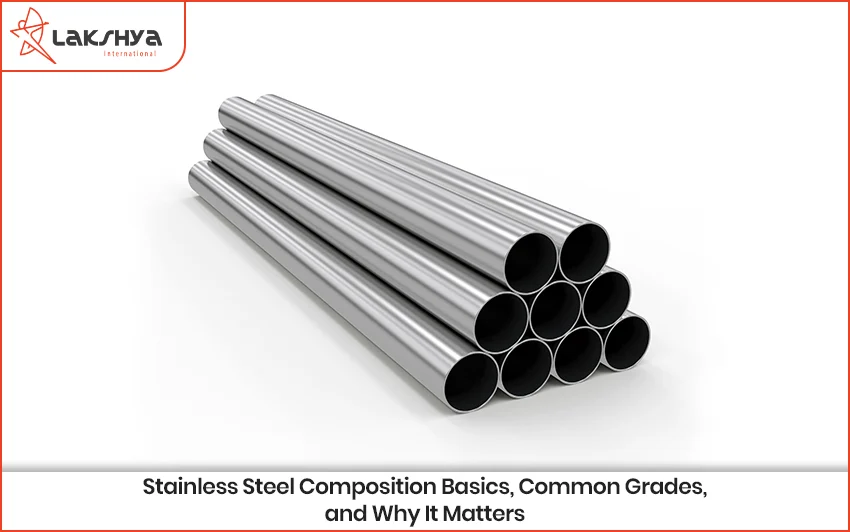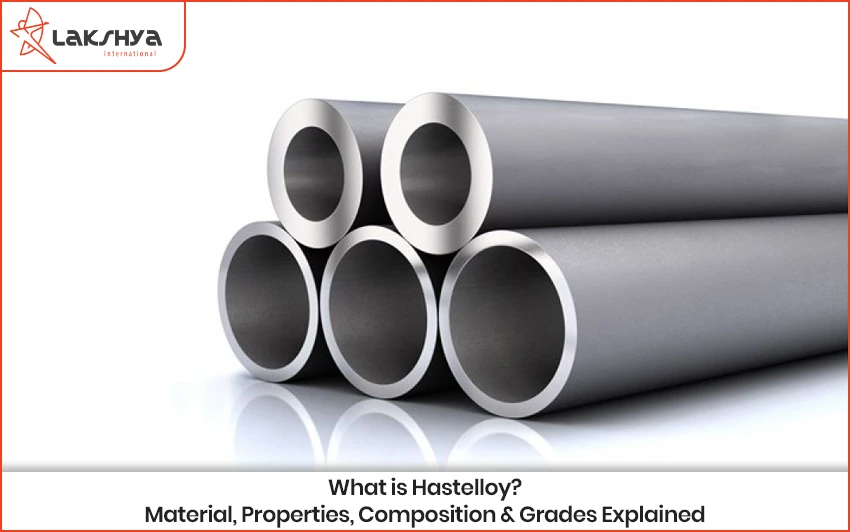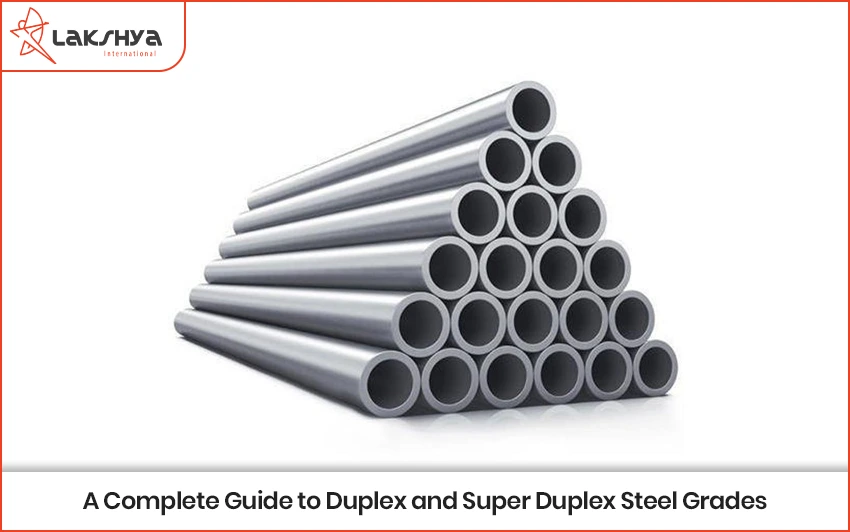When it comes to selecting pipes for a project or renovation, it’s crucial to know the precise size of the pipe. This includes the length, outer diameter, and thickness of the pipe, to ensure that everything fits together during installation. However, if you’re not familiar with the process of choosing pipes, it can be confusing to see pipes in hardware stores labeled with odd numbers like “NPS” or “pipe schedules” instead of their dimensions.
What Is a Schedule 40 Pipe?
One term you’ll frequently hear in an MEP (Mechanical, Electrical, and Plumbing) project is “schedule 40 pipe.” This term refers to the pipe’s wall thickness and is used in many different applications, including conveying water or other fluids in a distribution system. Engineers use schedule 40 pipes in various pipeline system designs, and specialists are available to assist users in choosing the appropriate pipe for their project and designing effective pipe networks for the simple distribution of water and other fluids.
Schedule 40 steel pipe is the most commonly used pipe schedule and is typically used within water and gas lines. It can be galvanized or not and is also suitable for areas that require decoration or support. Understanding a pipe schedule is essential before describing what a schedule 40 pipe is. Simply put, a pipe schedule is a way to convey a pipe’s thickness relative to its outer diameter without having to recall or quote precise thickness and inner diameter values. Referring to a pipe as a schedule 40 pipe is a way to describe its thickness without stating the minimum thickness required.
To determine a pipe’s dimensions using a pipe schedule, you first need to measure it and be aware of its Nominal Pipe Size (NPS) number. This system of standard numbers allows you to match the pipe’s various dimensions to its outside diameter without requiring units. Following the NPS, pipes are produced in a way that maintains all other pipe dimensions following established standard values chosen by a regulating agency.
Schedule 40 steel pipe is the most commonly used because of its adaptability and performance strength. The nominal wall thickness of a steel pipe is determined by a pipe schedule (SCH), and steel pipes are now available in 14 different schedules, with schedule 40 being the most frequently used. It’s important to note that the numbers in the pipes are not dimensional, and SCH 40 doesn’t necessarily refer to the pipe’s diameter in millimeters or inches.
ASME B36.10M standard governs the dimensions of seamless and welded steel pipes, establishing criteria for each schedule. The numbers used to identify each size are determined by ASME B36.10M, and it’s essential to consult with specialists to ensure that you select the appropriate pipe for your project.
Sizes and Flow Rates of Schedule 40 Steel Pipes

Materials and Grades of Schedule 40 Pipes
When it comes to making schedule 40 steel pipe, mild steel is the usual material of choice. This type of steel has a carbon content of only 0.2% to 0.25%, making it primarily composed of iron. To increase the corrosion resistance of SCH 40 steel pipe, manufacturers often plate or galvanize it with a layer of zinc. Stainless steel is also an option if mild steel is not suitable for the intended application.
A53 steel pipe is the grade most commonly associated with schedule 40 steel pipe, but there are other grades available as well. While there are many materials available for schedule 40 pipes, only PVC and metal are practical options. It’s important to weigh the pros and cons of each material before making a final decision.
Despite its bad reputation for not degrading and contributing to environmental destruction, PVC’s resistance to environmental degradation is actually beneficial in some cases. PVC pipes are more resistant to air and moisture exposure than metal pipes, which can struggle with corrosion. They are also less labor- and energy-intensive to produce, making them less expensive per meter length on the market.
One advantage of PVC pipes is that they can be cut and joined to other pipes without the need for potentially dangerous tools such as welders or power saws, making them easier to work with than metal pipes. However, metal pipes are much more durable and able to withstand higher pressures and external stresses due to their superior strength. While some types of metal pipes may be more expensive, they are less likely to rust or degrade over time, such as those made from copper or stainless steel.
Weight and Size
In order to determine a pipe’s thickness, the wall thickness and outer diameter are taken into account. For example, a schedule 40 pipe with a nominal size of 1/8th inch has a wall thickness of 0.068 and an outer diameter of 0.405, with a weight of 0.245 pounds per square foot. However, a 4-inch schedule 40 steel pipe is more common, with an outer diameter of 4.5, a wall thickness of 0.237, and a weight of 10.79 pounds per foot.
This steel pipe product comes in various sizes, with the pipe length, nominal diameter, interior diameter, and exterior diameter all falling within the acceptable range. For instance, a seamless pipe schedule 40 with a diameter of 2.5 inches will have an actual interior diameter of 2.469 inches and an outside diameter of 2.875 inches. The Schedule 40 pipe thickness is determined by their nominal size, with larger pipes having thicker walls to withstand higher pressure and weight.
Weight and Capacity of Schedule 40 Steel Pipe
The weight of a pipe per foot is typically about 1.68 lbs and its capacity is determined by several factors. A standard black pipe made of A53-grade steel has a yield strength of 30,000 psi. For example, if you are using a one-inch pipe over a four-foot span, it should be able to support 300 lbs in the middle with a 1/4-inch permanent deflection. So, if you’re looking for a reliable pipe that can handle heavy loads, a one-inch A53-grade steel pipe could be a good option.
Schedule 40 Pipes: Chemical Composition
The chemical composition of Schedule 40 pipe can vary, as it is determined by the nominal wall thickness rather than the grade. However, it is most commonly made from low-carbon steel, specifically grade A53 steel pipe. The exact chemical makeup of A53 steel can vary depending on the type and weld, but for example, type S seamless weld A53 steel typically contains 0.25% carbon and 0.95% manganese, as well as trace amounts of phosphorus and sulfur. Additionally, it may contain small amounts of copper, nickel, chromium, molybdenum, and vanadium.
Choosing the Right Pipe for Your Project
Schedule 40 pipes may be the most commonly available pipes, but they are not the only option. Pipes come in different schedule numbers, as some have thicker walls than the schedule 40 pipe due to the wall thickness directly affecting the pipe’s strength and its intended use.
When pipes have the same NPS number, they can have different wall thicknesses. However, the slight variations in thickness are not recorded in millimeters or inches, and the pipes are categorized according to their scheduled numbers. For instance, a schedule 80 pipe has a thickness of 0.154″ while a schedule 40 pipe has a thickness of 0.113″ for the same NPS number.
The increase in thickness is not directly proportional to the change in schedule numbers. Otherwise, a schedule 80 pipe would be twice as thick as a schedule 40 pipe. This enables easy comparison of a schedule 40 pipe with others, where pipes with lesser schedule numbers will have thinner walls than schedule 40 pipes, and those with higher schedule numbers will have thicker walls. Common pipe schedules in the market include 5 and 10, along with 20, 30, 40, 80, 120, and 160, with the 40 and 80 schedules being the most frequently used ones.
Selecting the right pipe for a project involves considering various factors. Some of these factors include the type of material, fluid or gas being conveyed, the pipe’s intended use, the required pressure rating, and the temperature range.
Temperature
The material and temperature at which a pipe is utilized can significantly impact its durability and structural integrity over time, particularly if the pipe is made of materials like PVC. Heat can cause the material to deteriorate and even melt in severe cases, which is a common issue with PVC pipes used for transporting hot water for an extended period. Even though heat alone does not necessarily destroy the pipe over time, it significantly reduces the pipe’s overall strength, making it more vulnerable to damage from physical overuse. Thin PVC pipes that have overheated are easily broken when struck with a hammer. In summary, when it comes to using pipes in hot climates for an extended period, a schedule 80 pipe is preferable to a schedule 40 pipe. This is because thicker walls can withstand higher pressure since they have more material to hold the pipe together and prevent it from rupturing. Therefore, it is crucial to choose the appropriate wall thickness when selecting a pipe, particularly if it will be used to pump water or air at high pressure.
Strength
In a fire-fighting sprinkler system’s water control and delivery setup, a schedule 80 pipe would perform better than a schedule 40 pipe due to its thicker walls and higher strength. To test their strength, both Schedule 40 and 80 pipes would be subjected to significant external stress.
Schedule 80 pipes are ideal for situations where they would face greater external stress, such as being placed underground as a protective coating for wire networks or being used as mains for water or gas lines. While a schedule 40 pipe can suffice in some cases, a schedule 80 pipe is more durable and able to withstand rough usage. When deciding whether to use a schedule 40 or 80 pipe, factors such as the specific project, application, water or gas stress, and budget should be considered. Many suppliers offer high-quality materials while keeping the budget in mind.
Applications
The use of schedule numerals for naming and classifying pipes is a popular method because of its simplicity. It eliminates the need to measure pipes precisely using specialized tools, making it easier for consumers to request the appropriate pipe size from shop owners by indicating the required NPS size.
Moreover, the adoption of this standard has improved productivity because pipes conforming to the same standard have the same joint requirements. This means that pipes with the same NPS number can be combined without problems, regardless of the manufacturer. It also enables consumers to select different schedules without issue since the same NPS number indicates the same outside diameter.
For most home and business applications, a schedule 40 pipe is sufficient because it can withstand pressures of up to 450 PSI, which is more than adequate for typical water pressure ranges of 50-70 PSI. A schedule 80 pipe is stronger, capable of handling pressures of up to 630 PSI, but is often unnecessary.
Schedule 40 pipes are also more cost-effective as they require less material to manufacture than schedule 80 pipes. This makes them a more practical choice for most applications, including those that involve transporting elevated temperature and extreme-pressure liquids.
Schedule 40 steel pipes are available in most hardware stores and can be used for various DIY projects, including making curtain rods, bookcases, and coat hooks. The price of Schedule 40 steel pipes varies depending on their length, grade, and volume, with fabrication-focused businesses offering a more cost-effective option than Home Depot.
Difference Between Schedule 40 and Schedule 80 Pipes
Schedule 40 and 80 pipes are often confused for one another due to their similarities, but they have distinct differences. Schedule 80 pipes are thicker and can withstand higher pressure than schedule 40 pipes, making them more suitable for commercial applications. To determine which schedule pipe is appropriate for a project, a mathematical calculation can be applied. By using the internal working pressure of the pipe and the highest stress the material can withstand, the SCH value can be determined.
Schedule 40 steel pipes are commonly used in various industries, especially for conveying air, gas, or water at high temperatures. They are a reliable and cost-effective solution due to their diameter, strength, and flexibility. Although schedule 80 pipes have greater strength, they are generally unnecessary and more expensive for most applications. Schedule 40 pipes can be used instead without risking weakness or rupture.
However, it is essential to note that schedule 40 pipes have lower durability and pressure limits, making them unsuitable for industrial and chemical applications. In such cases, schedule 80 pipes are more appropriate. Nonetheless, for almost all other applications, engineers frequently choose schedule 40 pipes due to their practicality and affordability.
Conclusion
Lakshya Steel is a well-known manufacturer of a diverse range of steel products suitable for various industrial applications. The company is committed to producing high-quality steel products with great attention to detail and care. Lakshya Steel has established itself as one of the foremost importers, stockists, suppliers, and exporters of a wide range of industrial raw materials. Their products are the result of cutting-edge technology, extensive research, and years of experience. In summary, Lakshya International prides itself on delivering exceptional steel products that meet the demands of a variety of industries.




